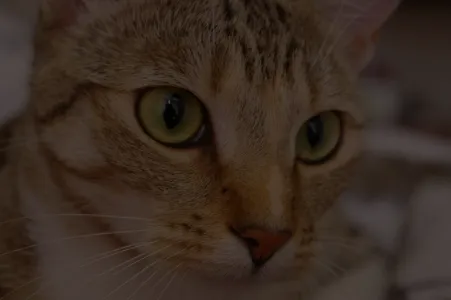我有一张 3 通道、16 位的 tiff 文件,希望将它们转换为 8 位、3 通道的图片。但是当我进行简单缩放时,发现那些主要颜色为红色的图像全变成了黑色。是否有一种方法可以在保留原始 16 位图像颜色的同时进行转换?目前,我有以下代码。
for r in root_:
files = os.listdir(r)
for f in files:
if "tif" in f[-3:]:
filepath = r+"/"+f
tif = TIFFfile(filepath)
samples, sample_names = tif.get_samples()
test = np.moveaxis(samples[0], 0, 2)
img8 = (test/256).astype('uint8')

